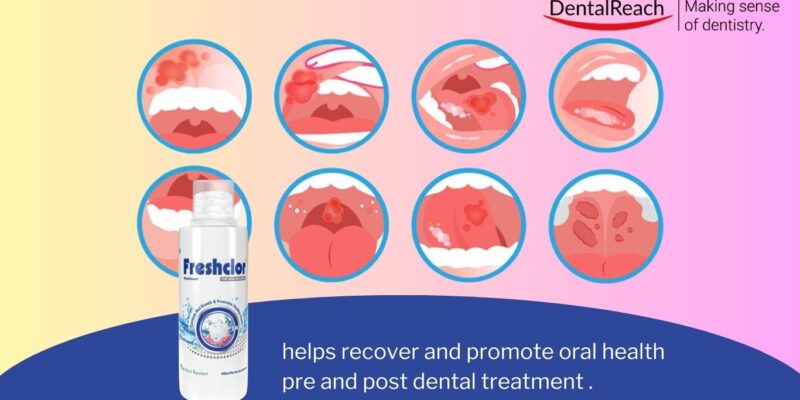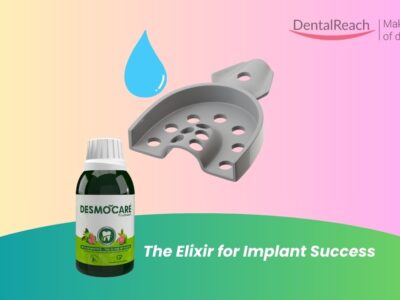Oral mucositis (OM) is a prevalent and debilitating side effect experienced by patients undergoing cancer therapy. Characterized by painful inflammation and ulceration of the mucous membranes lining the mouth, OM can significantly impact a patient’s quality of life and complicate cancer treatment.
OM typically manifests as red, swollen sores in the mouth that can lead to severe pain, difficulty eating, and an increased risk of infection due to open wounds. It is particularly common among patients receiving chemotherapy or radiation therapy for head and neck cancers. The condition not only affects nutritional intake but also may necessitate dose reductions or interruptions in cancer treatment, thereby impacting overall efficacy.
Preventing OM is therefore critical for maintaining patient well-being and ensuring uninterrupted cancer therapy. Various approaches have been tested over the years, including natural products, antimicrobial agents, coating agents, and basic oral care measures.
Materials and Methods
A comprehensive systematic review was conducted across several databases—PubMed, Scopus, Web of Science, and Cochrane Database—to address the PICO question: In cancer patients, do specific topical agents compared to standard treatments or placebo reduce the onset and severity of oral mucositis? A total of 2913 search results were initially found. After stringent selection criteria were applied to assess relevance and risk of bias, 30 randomized clinical trials involving 2564 patients were deemed suitable for inclusion in this analysis.
Key Findings
The included studies examined various topical agents aimed at preventing OM:
- Natural Products: These were frequently used but demonstrated variable efficacy.
- Antimicrobial Agents: Used primarily to reduce microbial load but showed inconsistent results.
- Coating Agents: Designed to protect the mucosal lining; however, effectiveness varied widely.
- Basic Oral Care Measures: Fundamental practices like regular rinsing with saline; though beneficial for general oral health, provided limited protection against OM specifically.
Among these interventions, sucralfate emerged as a standout candidate. Sucralfate is traditionally used to treat ulcers by forming a protective barrier over affected areas. Its application in preventing OM leverages its cytoprotective properties—essentially shielding mucosal cells from damage caused by cancer therapies.
Efficacy of Sucralfate
The network meta-analysis revealed that topical sucralfate significantly reduced both the onset and severity of OM compared to other treatments (OR = 0.04, 95% C.I.=0.01–0.25, p-value=0.001). This strong statistical evidence underscores sucralfate’s potential as a frontline preventative measure.
Conclusion
Given its cytoprotective action coupled with advantages such as low cost, ease of administration, and safety profile, sucralfate could play a pivotal role in preventing oral mucositis during cancer therapy. While further research may be necessary to fully establish standardized guidelines for its use across diverse patient populations and treatment regimens, current evidence positions sucralfate as a promising ally in enhancing patient care during oncological treatments.
In summary:
- Sucralfate shows significant promise: Emerging data suggests it effectively reduces both the onset and severity of OM.
- Cost-effective solution: Its affordability makes it accessible for widespread use.
- Ease of administration: Simple application methods enhance patient compliance.
- Safety profile: Minimal adverse effects make it suitable for long-term use alongside cancer therapies.
By integrating sucralfate into preventive care protocols for OM management during cancer treatment cycles, healthcare providers can improve patient outcomes significantly—ensuring a better quality of life while maintaining the efficacy of crucial therapeutic interventions.
Oral mucositis remains a challenging side effect for many undergoing cancer therapy; however, recent studies highlight sucralfate’s potential as an effective preventive agent due to its cytoprotective properties. As we continue advancing our understanding through ongoing research and clinical trials, incorporating such promising solutions can lead to improved patient experiences and more successful treatment outcomes overall.
Read the full article here: https://doi.org/10.1111/odi.15046




















Comments